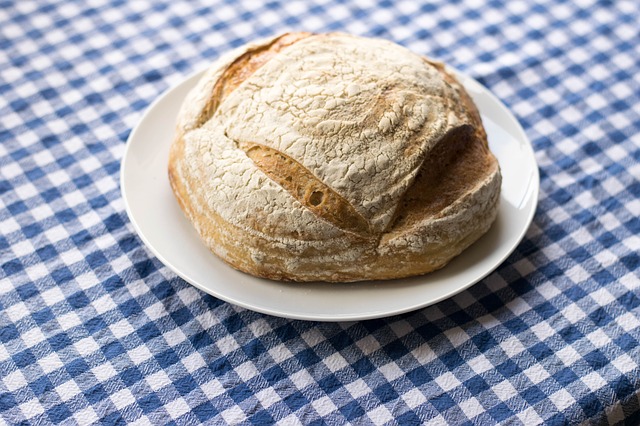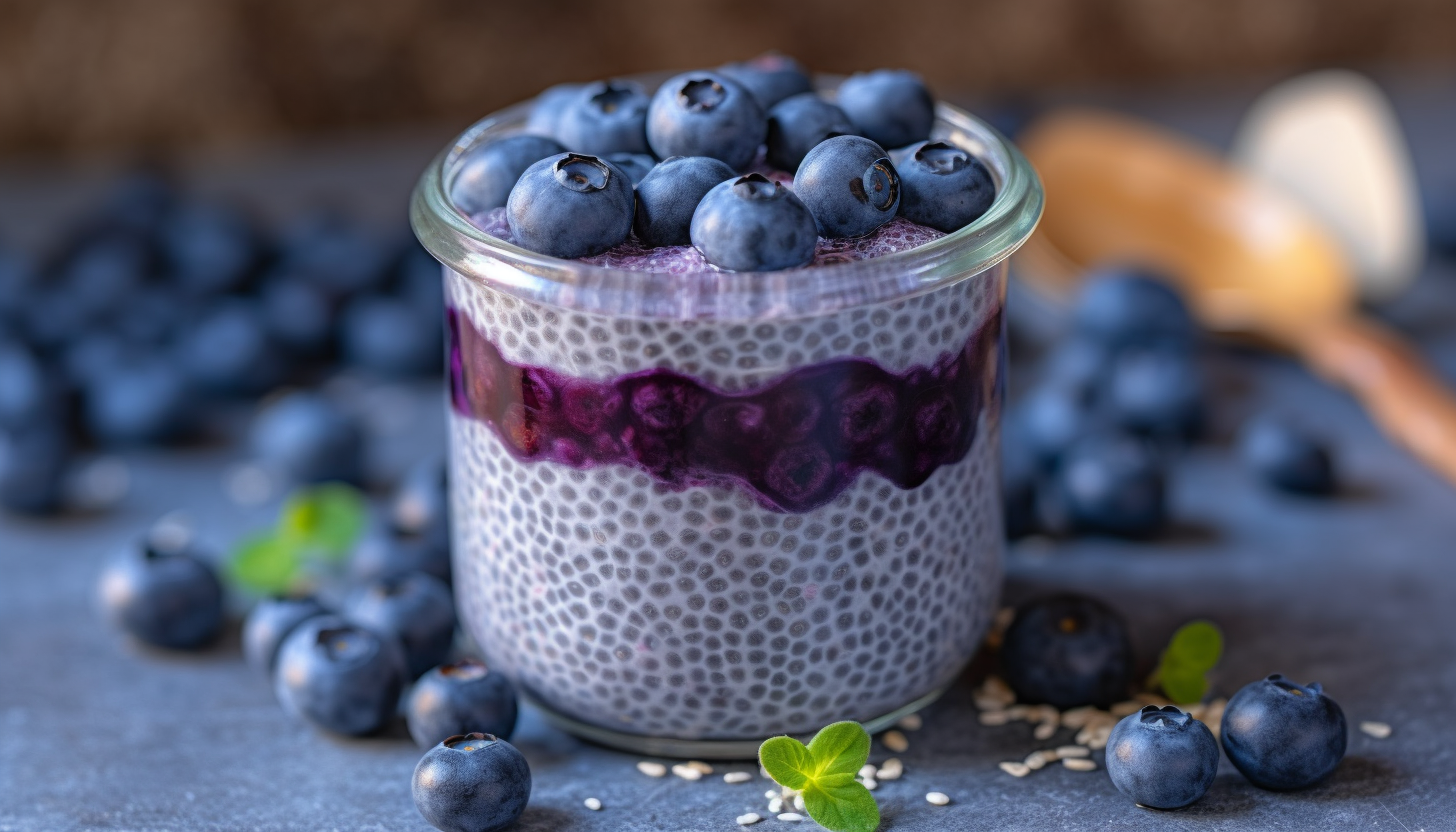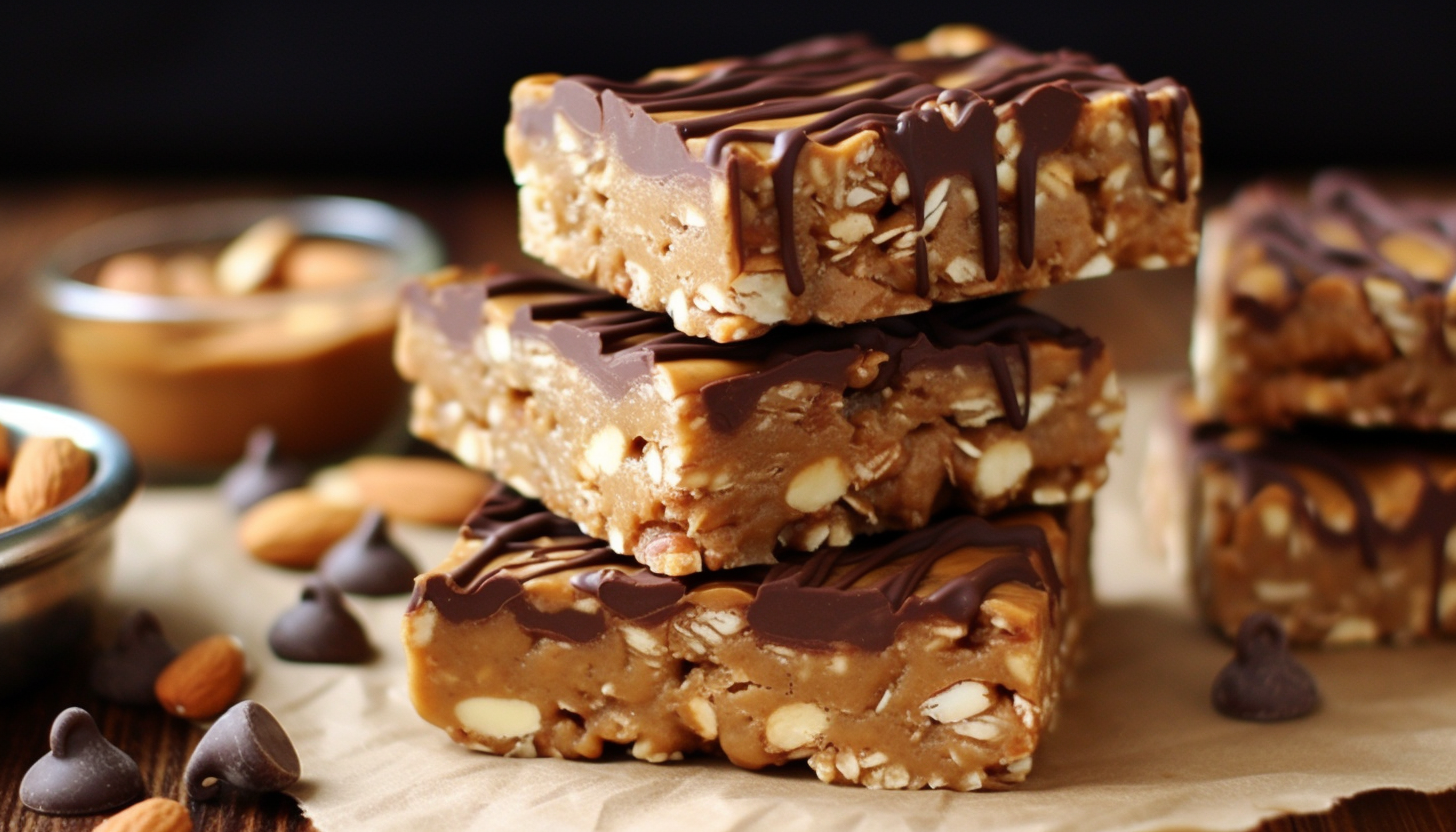As I stated in some previous posts, I do not believe grains are bad. Grains have been eaten for centuries and there is evidence as far back as Egypt that bread was a part of the ancient’s diet. It appears that some of this bread was even made with refined flour.
With the advent of industrialization, the way bread was made and processed changed. Demand for bread grew and the way it was made needed to be sped up to meet this demand. Commercial yeast is one of the things which helped to speed up production time and caused the most problems with modern bread.
Until the development of commercial yeast, bakers used wild yeast to make their bread. Wild yeasts work fine for those used to working with them but they are not predictable, they do not work quickly, and they vary from region to region. This is the reason we have San Francisco Sourdough.
Benefits of Sourdough
Wild yeasts are not the only microbes that make their way into the dough when culturing bread in this way; also lactobacilli join in.
Lactobacilli are part of the family of good bacteria that we want in our guts so this is a good thing. In fact these wild yeasts and bacteria are critical to our health and are the main thing we need to look for in our baked goods. Bread made with wild yeasts and lactobacilli take much longer to make and rise and in that time they make significant changes to the dough, altering the gluten and increasing the nutritional content.
In 2002 a study was done on sourdough that was 30% wheat flour. After 24 hours of fermentation, the bread was tested and the gluten was almost completely hydrolyzed. Celiac patients were able to consume this bread without any problems. The sourdough had consumed and changed the gluten aspects of the bread. (Vintage Remedies Guide to Bread, Jessie Hawkins)
Additional Benefits of Sourdough:
- Phytate digestion
- Nutrients more bioavailable to the body
- Antioxidant and anti-cancer properties
- Longer shelf life
- Gluten reduction and possible elimination
Because of the reasons, I have posted above I believe one of the solutions to much of the troubles with grain in our modern diets is to make our baked goods with sourdough. The sourdough method combines the best of several worlds: soaking, natural yeast, and great taste and texture when the baked goods are prepared.
I make and prepare only sourdough bread for my family at this point (especially since I have 2 members of my family who are gluten intolerant). I have found the resource The Vintage Remedies Guide to Bread by Jessie Hawkins to be a really helpful book that not only lays out the science and superiority of sourdough but also gave me some great recipes to with.
Before reading the Guide to Bread I used to make sourdough but it was not true sourdough because only some of the grain was soaked. I would make a “sponge” and that grain was soaked but then would add lots of wheat several hours before baking.
Now I have changed things dramatically and find that this bread is the easiest I have ever made and the healthiest.
Sourdough Bread Recipe
Ingredients
- 2/ 3 cup starter
- 4 cups flour - I use about 75 % whole wheat or spelt or sometimes a combo of flours like millet, oat, wheat, rye and about 25% white. I find it is rises better and is just a nicer loaf of bread.
- 1 2/ 3 - 2 cups water
- 1 T honey
- 1 T fresh olive oil
- 1 t salt
Instructions
- This recipe is from The Vintage Remedies Guide to Bread.
- Before using the starter I would have pulled it out of the fridge and fed it with equal amounts of flour and water. Then I let it sit out on the counter for 4-6 hours and look for some bubbling action to show me that the starter is active and ready for use. (Starters can be obtained from a friend with an active culture, starting your own, or purchasing a starter.)
- Then I take a ceramic bowl and mix up the above recipe (usually I double it.). I stir it well but usually do not knead it at all because it is often too sticky to knead. (To make sourdough this way you must throw out everything you used to know about bread baking.) Then I cover the bowl and let it sit for 12 hours. If I mix this in the morning then I let it sit until evening. When I poke my finger into the dough after the 12 hours the indentation should stay in the dough for several seconds; this way I now it is time to move on.
- Then I grease my bread pans and put the bread out. This recipe will make 1 -2 loaves in a normal size pan. Again I cover the pans and let them sit another 12 hours.
- Then I put the pans into the oven. 450 for 10 minutes and then 350 for 30 to 35 minutes. If the bread is browned and firm I will pull it out. It usually has risen nicely, although not as tall as bread with added commercial yeast.
Bread is not the only thing that can be made with sourdough. I have also made a wonderful chocolate cake, donuts, rolls, and pancakes. The sky is the limit on what can be done with baked goods and sourdough.
I encourage you to try it out. If you have successfully used sourdough what have you made that you were happy with.? Please feel free to share in the comments below.
- Are Pasteurized Almonds Good or Bad? - January 31, 2022
- Nutrition of Peanuts - November 20, 2013
- Happy With Hickory Nuts - November 13, 2013




We love bread, but found it wasn’t that great for us. Since I’ve started making the sour dough bread though, I’m finding it much easier to digest. Make a raisin and plain loaf almost every week. The plain slices nice and thin too.
Yes the raisin is very easy too. Just add in some raisin and cinnamon at the step where you put the bread out into the pans. Thanks for the reminder about that option.
what is starter?
Sourdough starter is the medium which begins the process. You can either start your own by mixing flour and water and letting the natural yeast begin to work (not something I have done), getting some starter from someone else, or buying a dehydrated packaged starter which comes with instructions on how to get it going.
Thankyou Jennifer xxxx
I totally agree–sourdough is the best of all worlds! I need to get a new starter going. I’m very interested in trying out your recipe, as it looks really easy to make. No kneading? Yes, please!
That is right- no kneading. So simple. You will love it.
This does look like an amazingly simple recipe! I’m still reading up on different info on gluten. I’m going to keep this recipe in my back pocket and I may come back to it 🙂 THanks for sharing!
My mom used this recipe to make her first batch of sourdough bread today. The bread was delicious but did have a distinct tangy flavor that we’re not used to, even in bakery bought sourdough bread. Is this because of the long fermentation period or have you not noticed it with the bread you make? I’m curious if this is what it’s supposed to taste like or if it could be her starter.
The tanginess will vary with the kind of starter you use. That is one reason there are so many different starters like Country French or San Francisco. If you find you don’t like the tanginess you may want to try a different starter by ordering from a reliable seller. That said it is also possible to make your starter less tangy. The longer it sits out on the counter the stronger it tends to get. I keep mine in the fridge and pull it out about 5-8 hours before I want to mix up my bread. I feed it with equal parts of flour and water and then let it sit until I see bubbling. Then I know it is ready to go. A certain amount of tanginess will still be there but you do get used to some.
Thank you for the response. I will try a different starter from hers and then we can compare. And we’ll experiment with the amount of time of letting it sit out on the counter.
I would love to know how your experience goes. There is also a helpful group on FB called the Vintage Remedies Guide to Bread (based on the book but you can be in the group even if you don’t own the book yet)
Looks good!!! I always use starters from Sourdough’s International. Absolutely love their product!
Can you give me the recipe for making the starter? I would love to try this bread.
BTW, my website was just created and I will be putting up my first post in the next couple of days. I look forward to following your blog too.
Andrea
Interesting timing Andrea. I just posted an article about making a sourdough starter on my site Purposeful Nutrition yesterday. You can find it here.
http://www.purposefulnutrition.com/making-a-sourdough-starter/
I have at last managed to successfully start up my own sourdough culture, and I’m really looking forward to baking bread and pancakes and whatever else I can bake with it.
I knew that sourdough was a much healthier alternative to regular bread, but I didn’t realize just how much healthier it is. Having eaten tonnes of sourdough bread made by others, I can say without a doubt that it’s far superior in taste and everything else, to any other bread I’ve eaten.
Thank you for such an informative post about this wonderful bread.
Sounds good. Enjoy your healthy breads and baked goods.